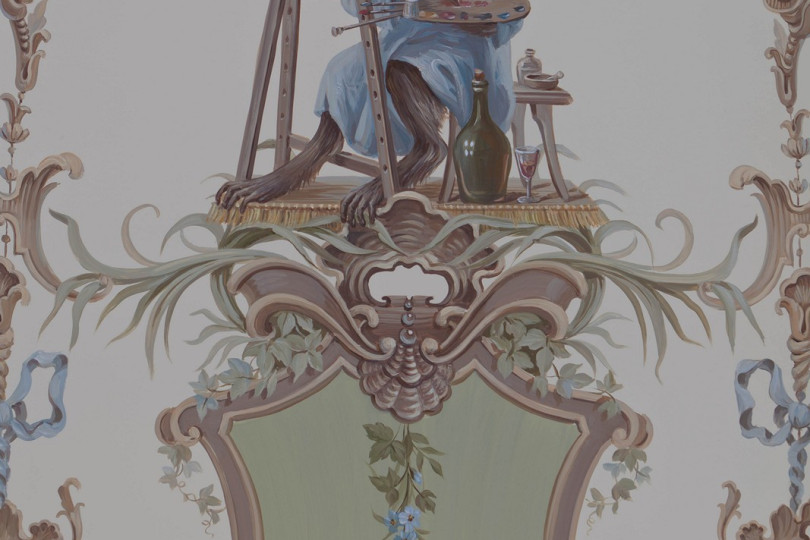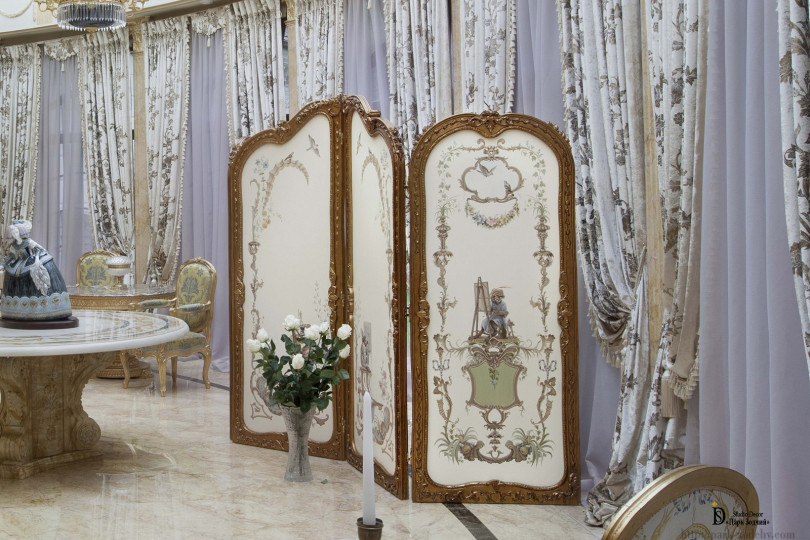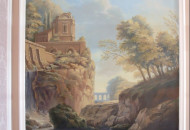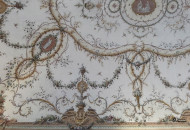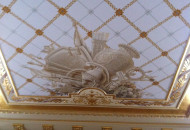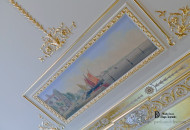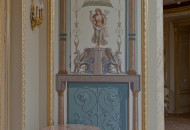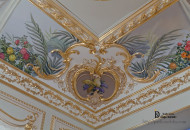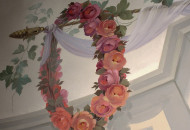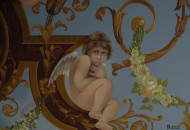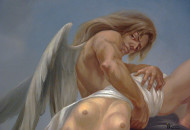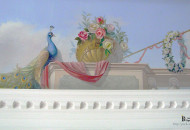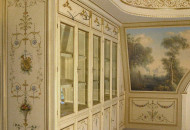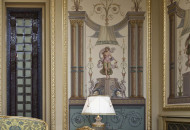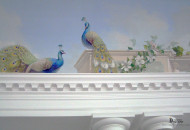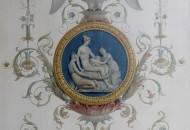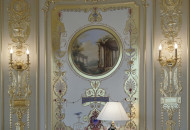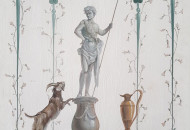MONUMENTAL PAINTING

Monumental painting, as an ancient kind of art painting is dating from Palaeolithic times. Then the house walls of the primitive people contain the images of animals and separated episodes of hunting. Much later, the monumental painting adorned only the walls and ceilings of churches. Modern artistic creations of this painting are in hotels, railway stations, entertainment establishments (monumental painting, pictures).
The muralist techniques of paintings. As is known, a monumental art is an integral part of architecture. Therefore, the painting techniques intended to be used for the buildings decoration. Art critics divide monumental painting into 4 kinds:
- Stained glass – is a window made of small pieces of coloured glass, connected with soldering in a certain order and thus create a pattern. Light falling on the multi-coloured pieces of glass makes them shine.
- Fresco - is a special artistic technique, which preserves the image for more than one century. Just enough to paint pictures on wet lime plaster. The main secret here is a protective crust formed after drying. It becomes transparent and fastens the previously applied paint.
- Mosaic was widely used in many countries. According to the monumental technology, the mosaic pattern is from smalt or small pieces of coloured stone and applies to the surface with preliminary laid crude mixture.
- Tempera painting can be found in the Orthodox Cathedral. These patterns are also applying to the wet surface, but paint of plant pigment, diluted in oil is used (monumental painting, photo).
Monumental painting often tells the whole story of the events, which took place at different times. Great artists even created iconographic scenes on the ceiling of sacred buildings. In addition, from various angles of observation the viewer could not miss any fragment of what was going.
Monumental images always interpret the philosophy and spirit of the epoch in which they were created. Whether hot-button political events, or fantastic shows.




